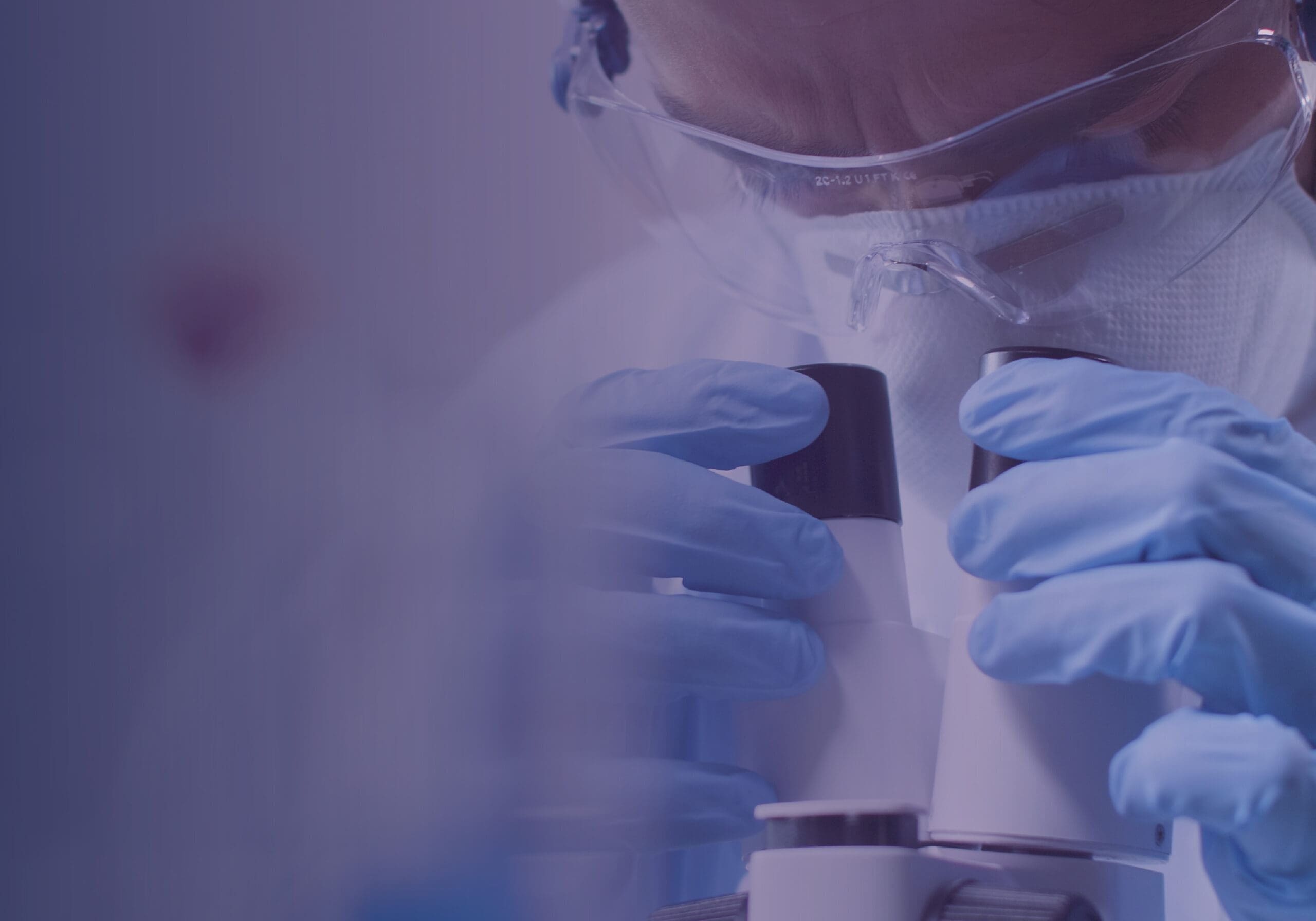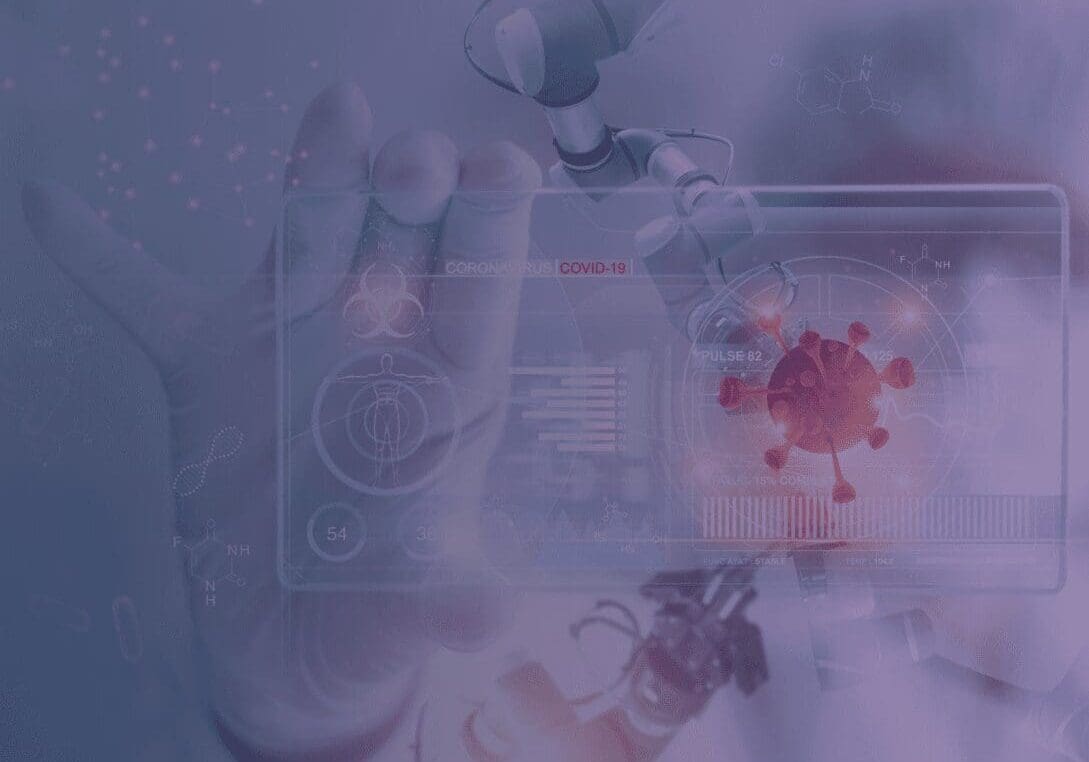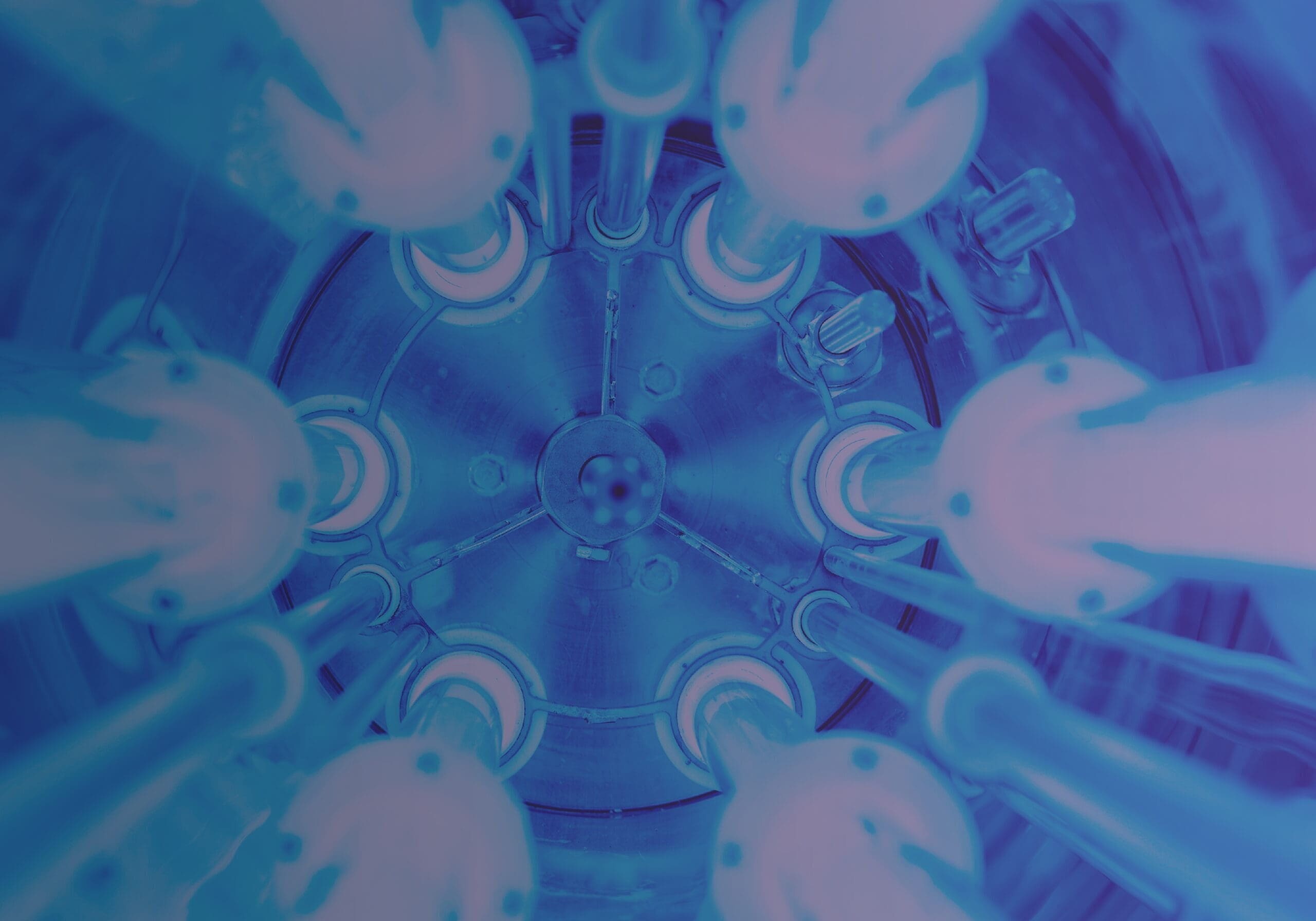What causes Healthcare-Associated Infections (HAIs)? The short answer is that we have a high number of sick people whose immune systems are already struggling, surrounded by other sick people. Then you add in invasive procedures that further weaken the immune system and provide physical entry points for bacteria.
HAIs are, unfortunately, more common than they should be and are linked with high morbidity and mortality. They come in a various form, whether it’s through central line infections, surgical sites, ventilator-associated pneumonia, or spread through intensive care units. Not only do HAIs cause billions of dollars in added costs to U.S. healthcare systems, but also add unnecessary suffering and in extreme cases, deaths of loved ones.
Methicillin-resistant Staphylococcus aureus (MRSA), the bacteria that causes MRSA infections, alone is responsible for almost 100,000 invasive infections each year, with about one in five of those dying. And the suffering and financial burden is mind-blowing – in one study half the deaths occurred after three months from diagnosis. According to healthcare.gov each day in hospital costs $10,000 on average.
It impacts staff too. It is estimated that 4.6% of staff carry MRSA in their nose, throat, or pharynx and it can be transmitted through open wounds, cuts, scrapes or shared equipment. The CDC has been focused on the problem for many years, with some major achievements by comparing data across the country and collaborating on hot spots.
Yet according to the CDC we’re still around the 1 in 25 mark (https://www.cdc.gov/winnablebattles/report/HAIs.html).
While chemical solutions are clearly capable of inactivating pathogens on surfaces, there is an overlooked reality – human error. Unintentional mistakes can include simply missing a spot with a disinfecting wipe, not waiting for the necessary contact time, or not replacing the wipe soon enough. Conscious errors can include rushing and choosing not to wipe down a surface sufficiently. And while an instant ATP (adenosine triphosphate) test will reveal whether an area was cleaned of organic matter, it does not answer whether that surface has been disinfected of pathogenic microorganisms. To get that answer, you must swab, incubate and count – a process that can take a day or longer, and needs skilled lab technicians and equipment.
Put in plain language: there is no way to test if an area has been disinfected. We can’t walk around after a janitorial staff’s shift and assess whether they disinfected anything. When the consequences contribute to one in twenty-five people becoming sicker, we have to take further precautions.
According to the CDC “new standards need to be set fourth in which HAIs are considered unacceptable and rare events in healthcare.”
EPIC iO has taken the challenge of HAIs head on. We’re tackling the removal of pathogens throughout healthcare spaces. This means looking at bathrooms, waiting rooms, and outpatient rooms. But instead of replacing current protocols, our solution works with them, to ensure everywhere is thoroughly disinfected.
With EPIC’s sanitizing solution, you have a second pair of hands sanitizing a room once you’ve finished your cleaning protocol. It modifies the atmosphere in an unoccupied room so that it becomes a natural sanitizer for all surfaces, even hard to reach ones, achieving significant reductions in a time period where you would usually only see bacterial growth. We have clocked disinfection rates of 99.87% in MRSA, and 99.97% for Strep, very high rates for a solution that is completely automated, requires zero human intervention, and covers every square inch of the room. EPIC iO believes that this solution, following the application of conventional chemical disinfectants, will result in a greater degree of decontamination, throughout the rooms.
Hospitals and Superbugs: Go in Sick... Get Sicker - Scientific American








